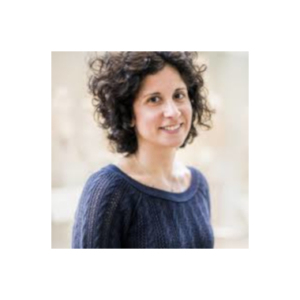Tara Prakash
- Fellowship Dates 2015-2015
- Research Topic Enemies of the State: A Reassessment of the Old Kingdom Prisoner Statues
- Fellow or Grant Type Bureau of Educational and Cultural Affairs
- Affiliation Pre-doctoral candidate Institute of Fine Arts, NYU
Although the ancient Egyptians created ample statuary, the subject matter tends to be restrictive and repetitive. Generally, artists depicted Egyptian single-figure deities, kings and elites, while three-dimensional representations of foreigners are significantly less common. An important exception is the limestone statues of kneeling bound prisoners that were placed in Old Kingdom royal pyramid complexes, specifically during the fifth and sixth dynasties (ca. 2494-2181 BCE). These ranged from under life-size to life-size and depict different ethno-cultural types. Commonly referred to as prisoner statues, fragments have been excavated from six pyramid complexes and several unprovenanced examples are in American and European collections. Despite scholarly awareness of these statues, there has been no comprehensive analysis of all known examples. This research fills this void with a catalogue of all known prisoner statues and a full comparative study. The study reexamines the fragments directly and analyzes all related documentation including published excavation reports and unpublished field notebooks, photographs and relevant papers. It reassesses current theories on these distinctive figures, whose significance lies in their notable variation from normative statuary and their relationship to other non-normative three-dimensional Egyptian art. It delves into important issues related to the intended placement of the statues, the nature of sustained damage and the unique and individualized prisoner heads compared to the typically idealized features of most Egyptian statuary. Recording the facial features, iconography and stylistic attributes of each fragment illuminates possible patterns and trends related to their ethno-cultural identity, style and production, the latter involving the identification of different workshops.
